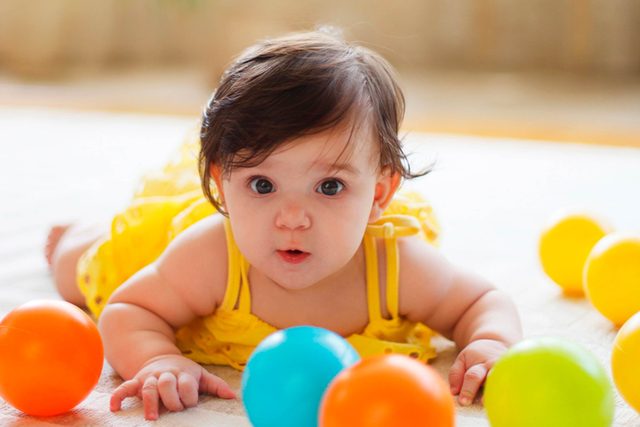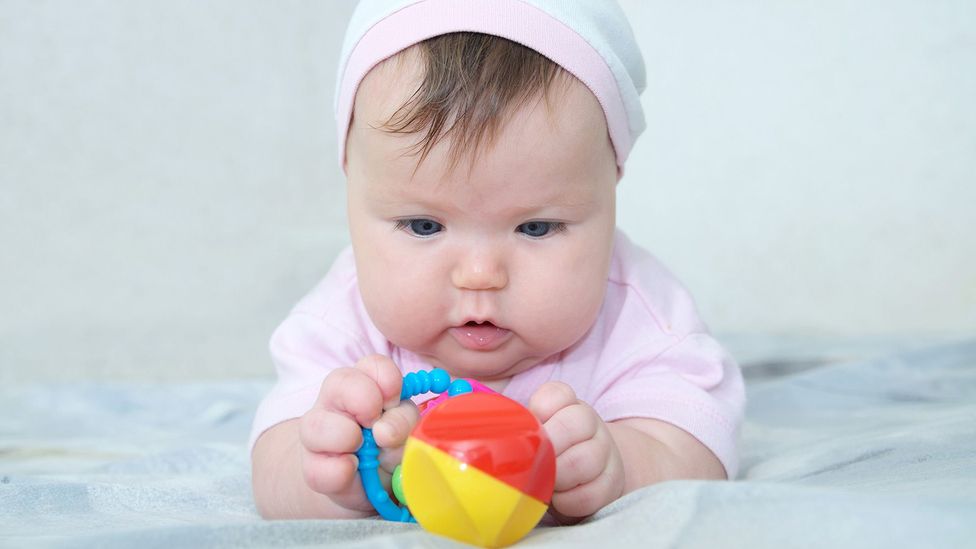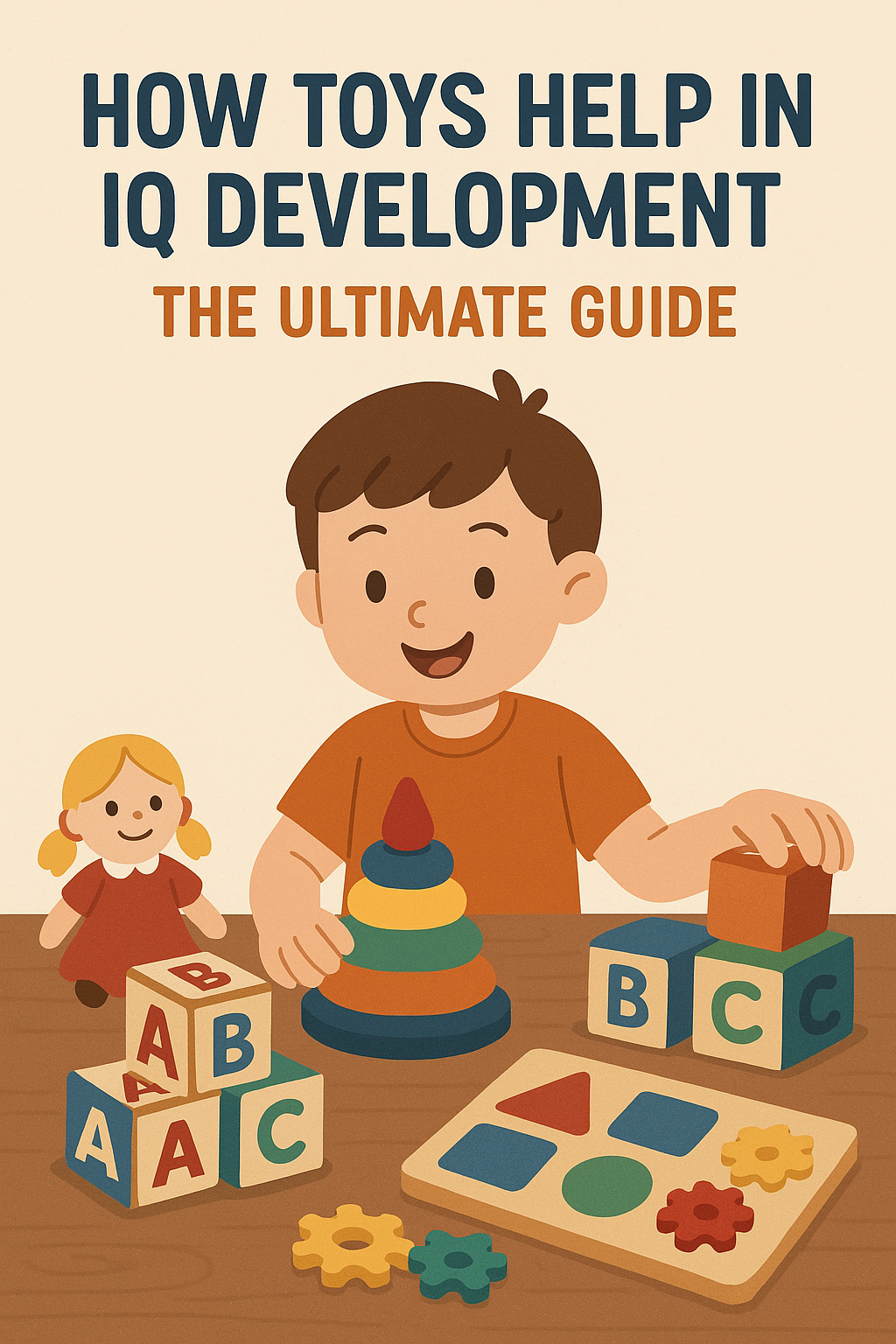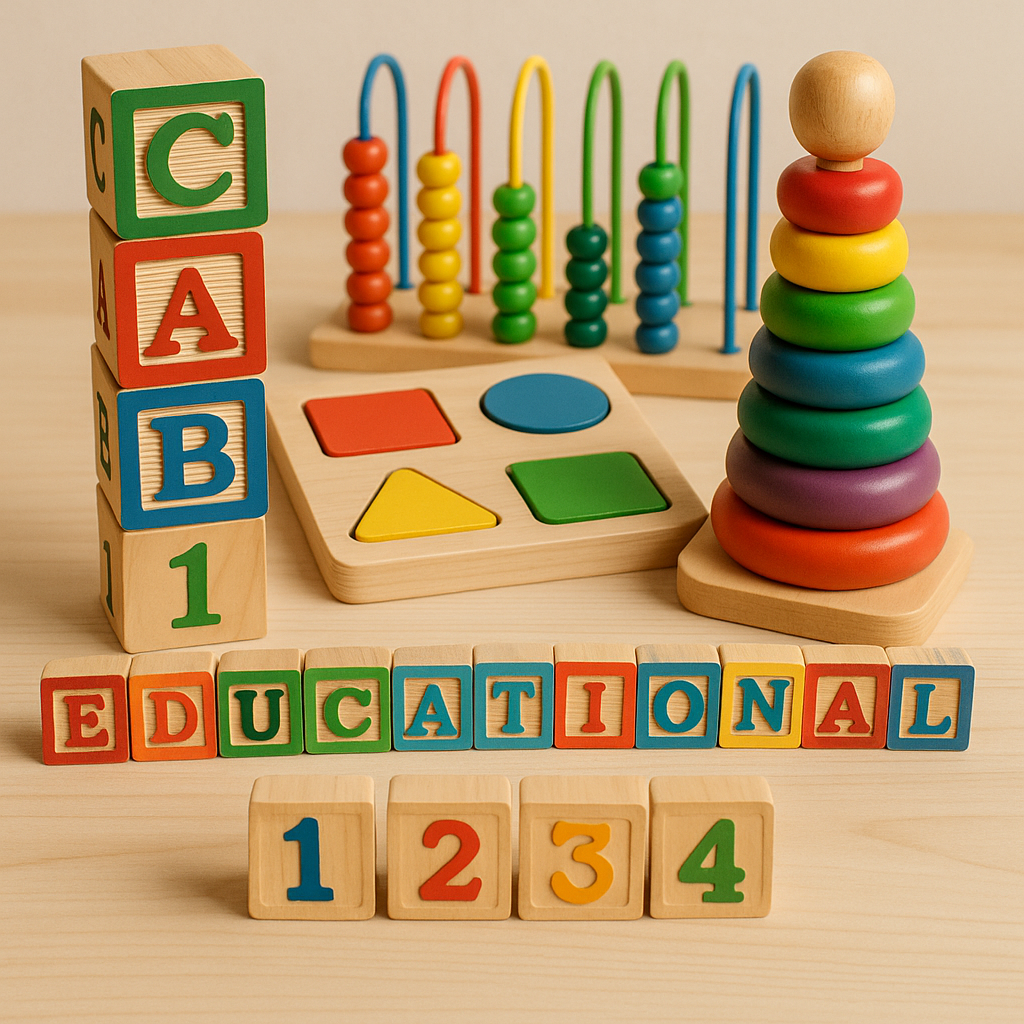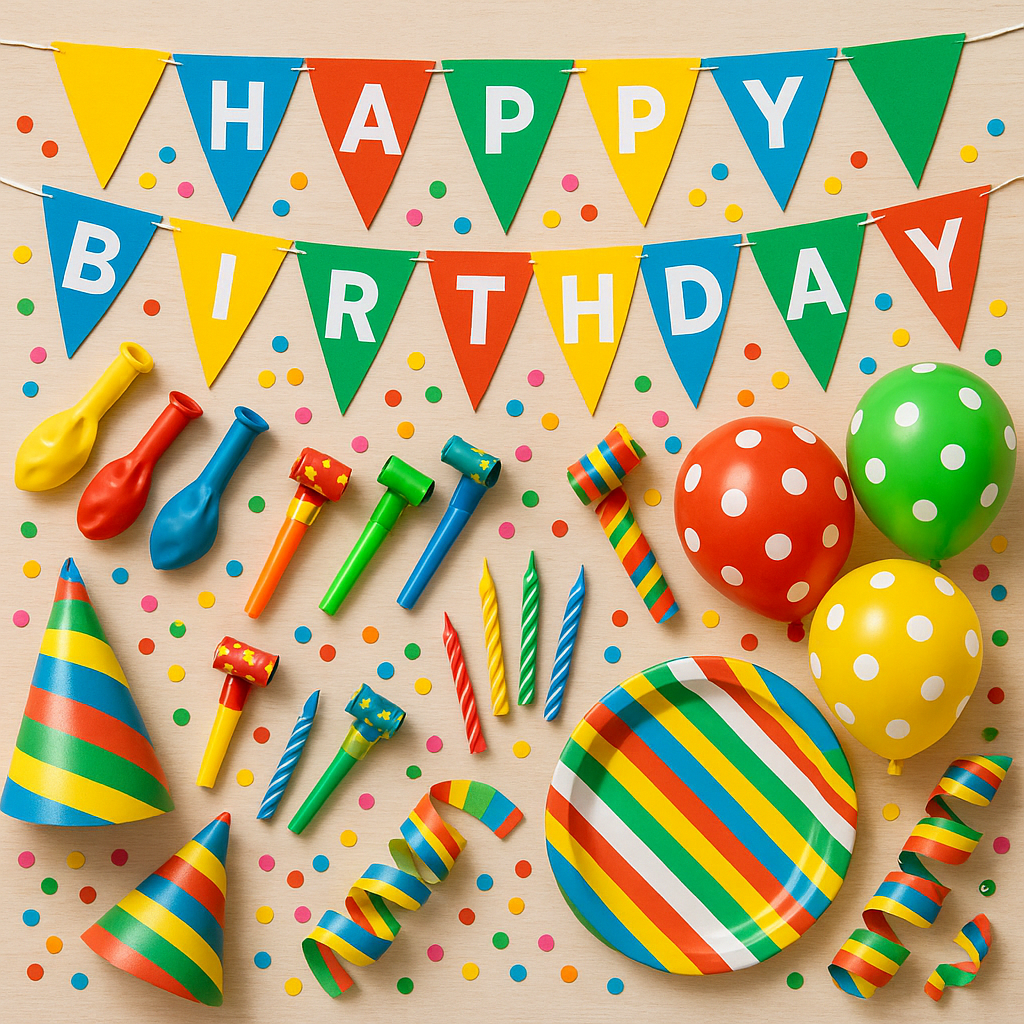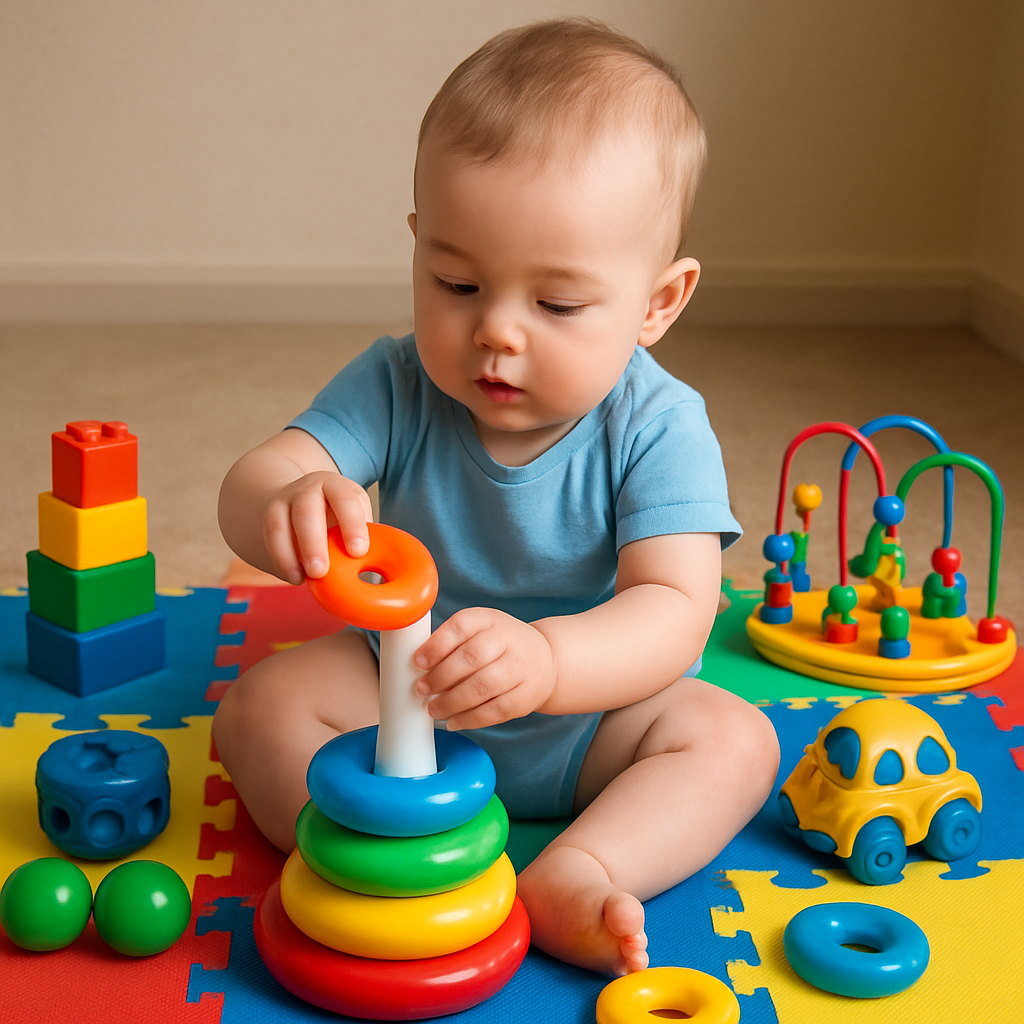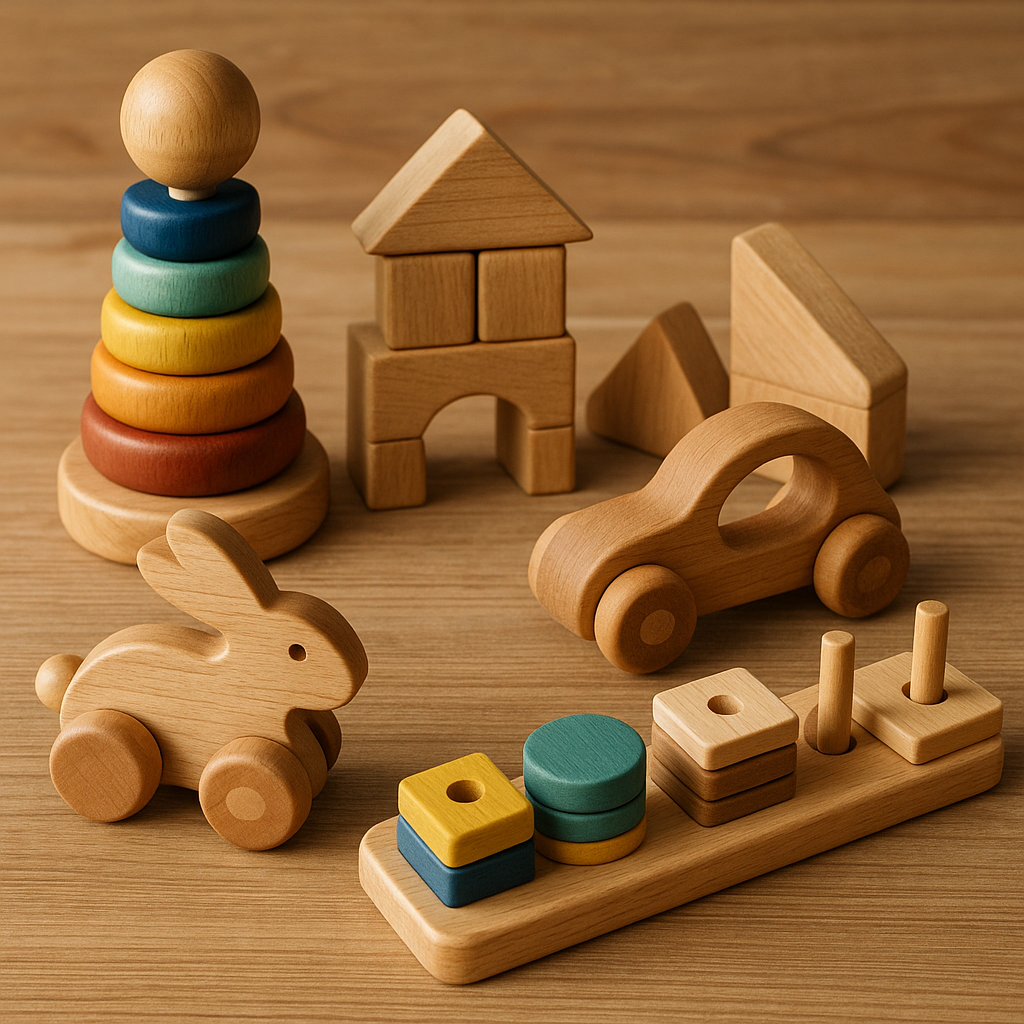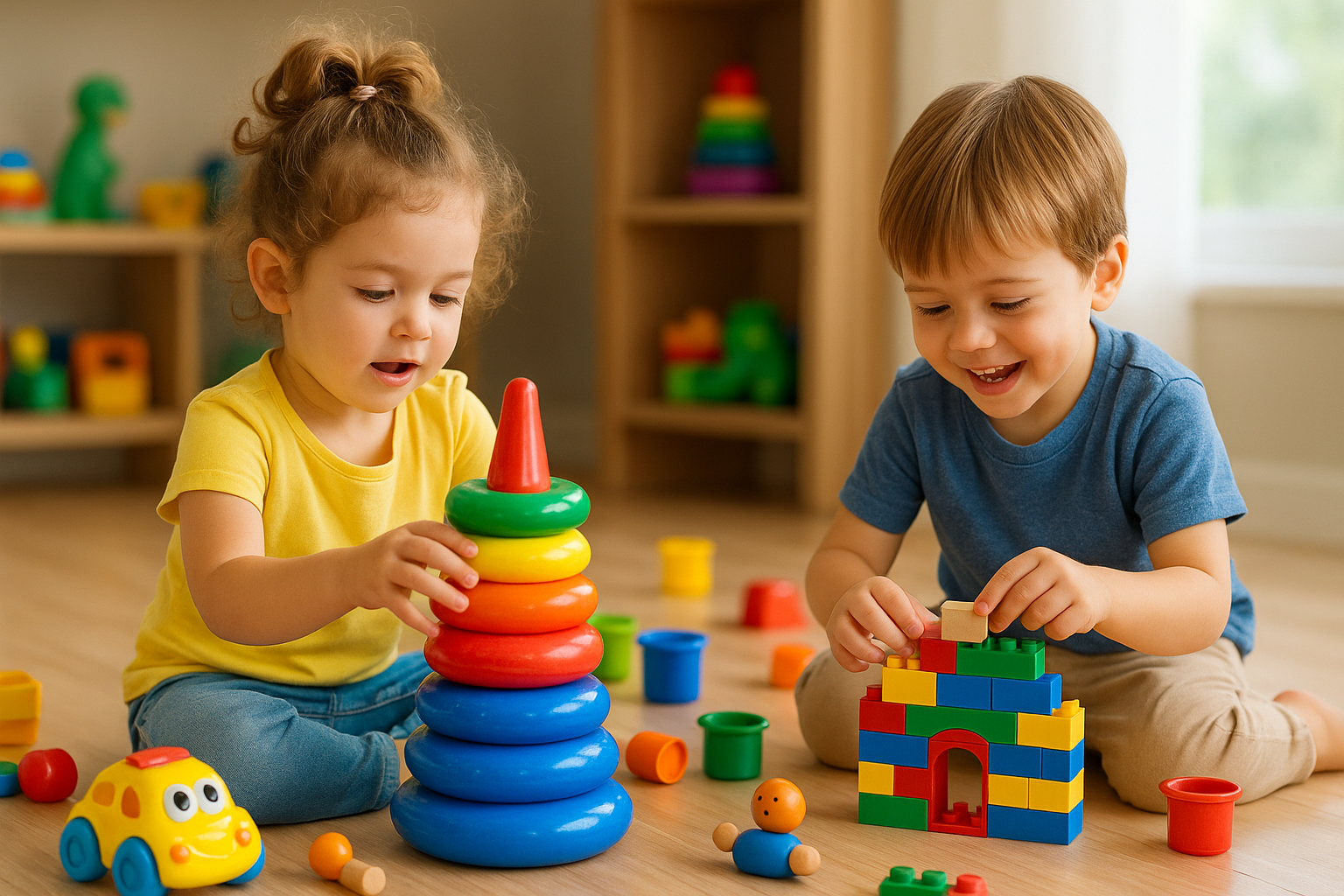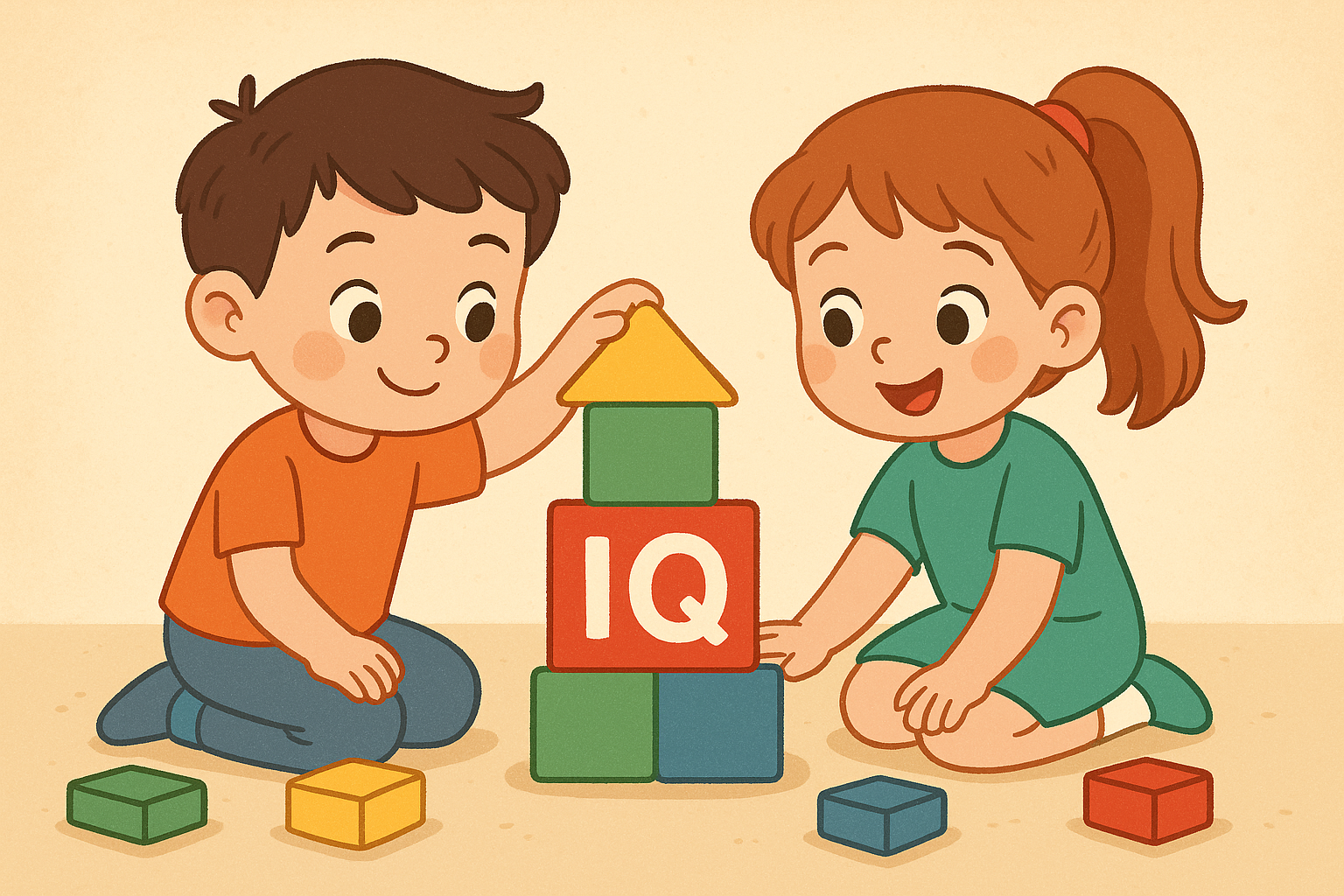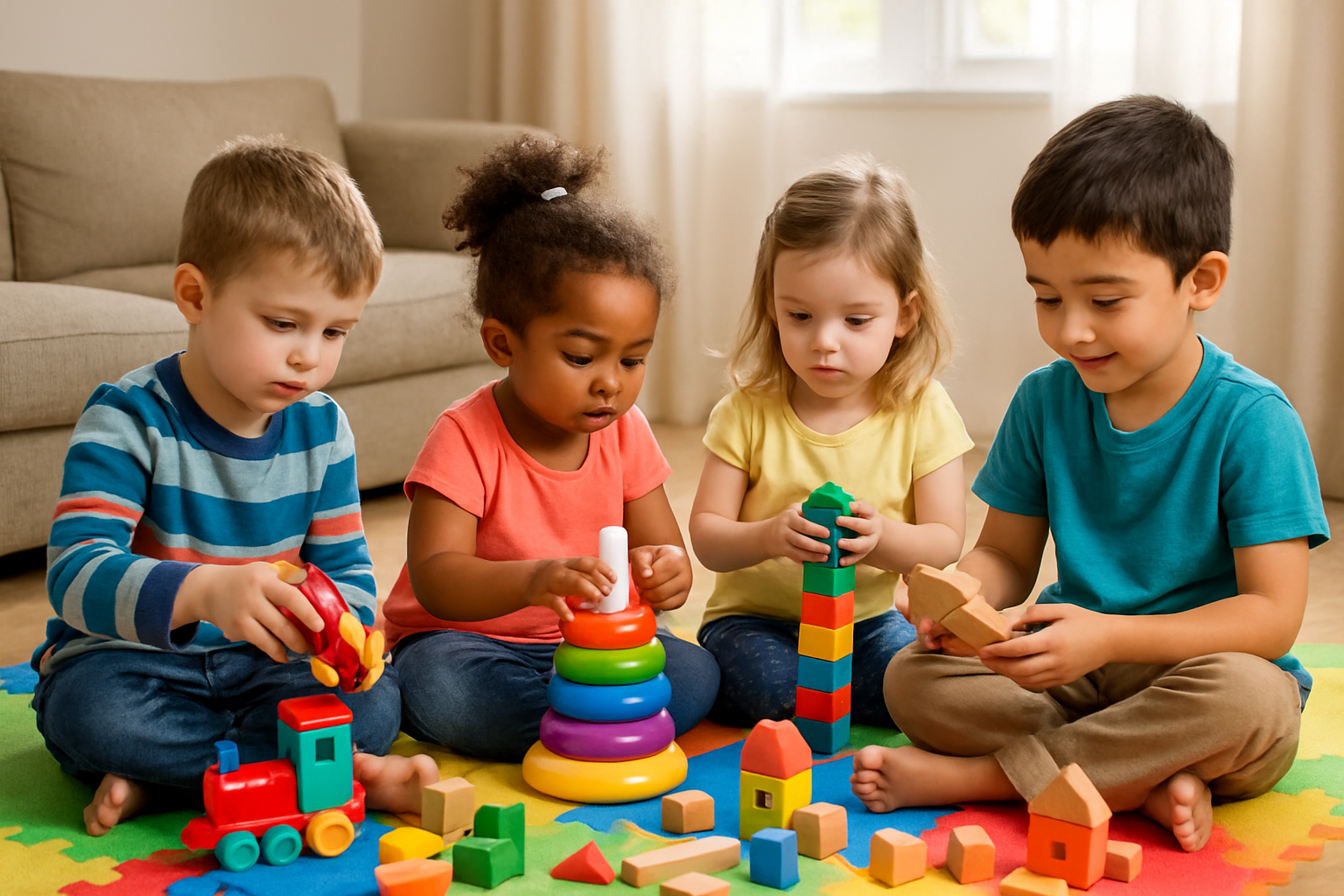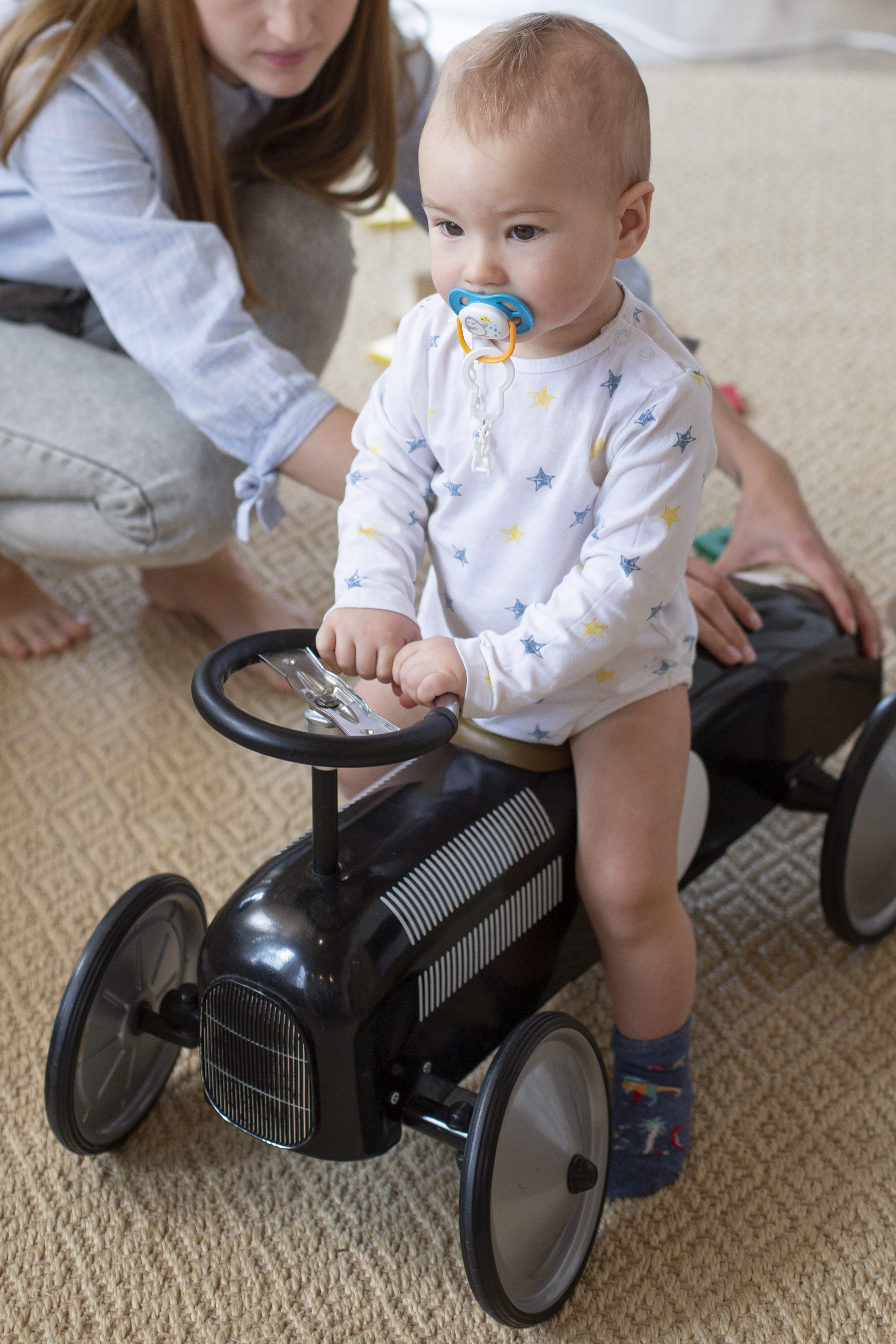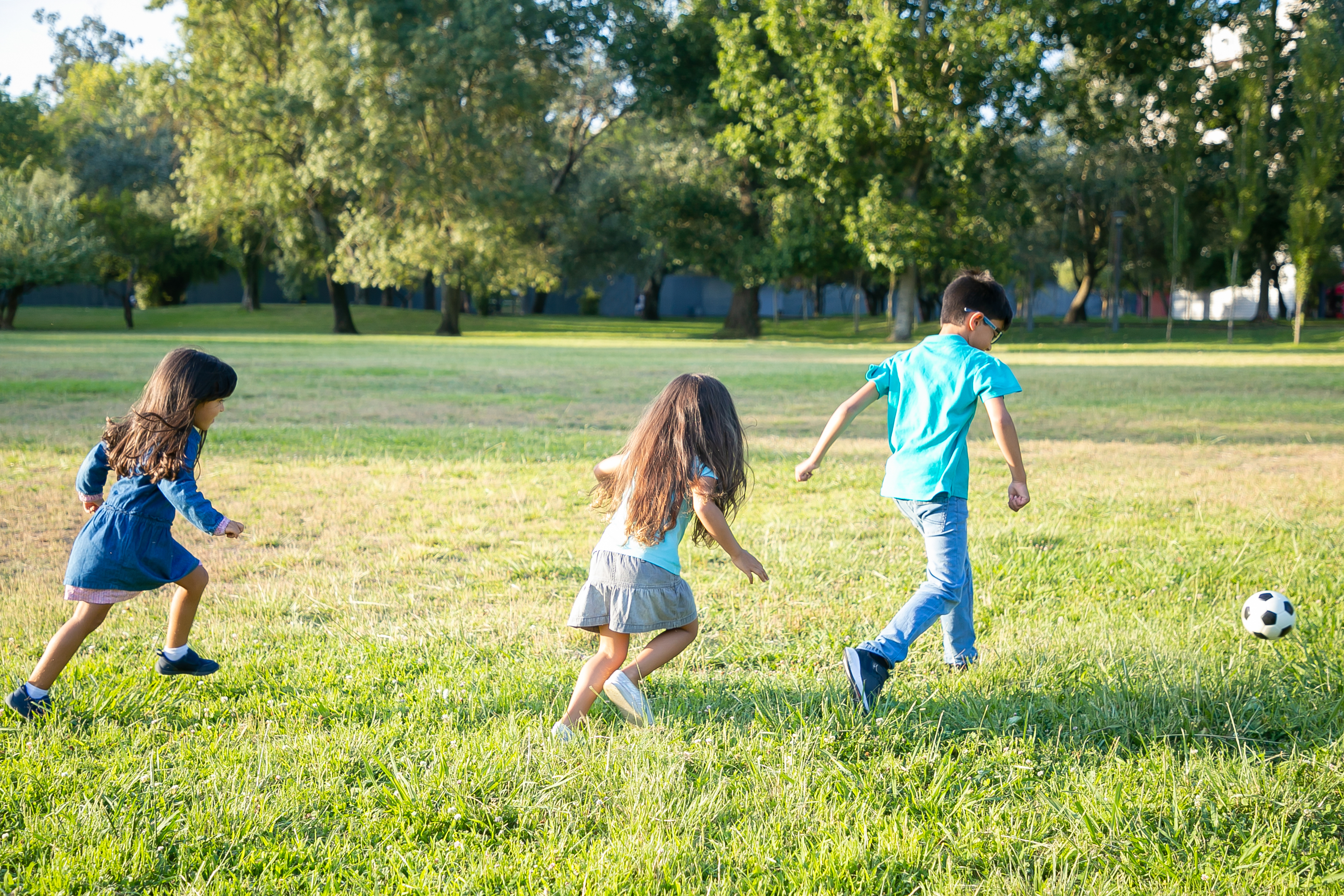A Year With My Child | Toddler Course
Following the success of Get Set Five, many people asked if I’d create something for younger children.
They loved the idea of a series of regular play-based activities. It's hard to constantly come up with new things to do.
So I created A Year With My Child, for toddlers and young preschoolers. It's not a course, just inspiring activities that are easy to set up and fun to do. As you'd expect from 100 Toys, there's a sprinkling of theory to show you why each activity is important and how you can extend the learning.
Like Get Set Five, it's a series of 52 weekly emails, and it's packed with age-appropriate activities. We'll cook, make playdough, do collage and crafts. We'll also look ahead to drawing and writing without ever going near a worksheet. 'Writing' for younger children means finger painting, clothes-peg activities and threading.
There's nothing to buy. You already have everything you need at home.
In short, it's about exploration and discovery; it's about keeping busy and having fun.
You can sign up here, where you can also read more about the course.
Below I have included the welcome email from the course. If you're thinking of joining, it should give you a flavour of what to expect.
The course is £69 for lifetime access and launches on February 28th. If you sign up before then, it's £49 with the early bird discount. There's also an option to subscribe weekly.
A Year With My Child Welcome Email
Thank you so much for joining me.
This year, we'll create many meaningful experiences for our children, learn to get by with more imagination and fewer toys and, most of all, have fun.

Google “Pinterest Early Years craft activities”
Click on the top result.
Do it now. I’ll wait.
OK, how did that make you feel? I don’t know about you but when I look at Pinterest and Instagram I’m exhausted. Who has time for all these fancy activities? So much to set up! And then you have to sit with your child to make sure she’s doing it properly.
But of course she’s not allowed to touch it because you’ve got to post a photo on social media to show everyone else how much fun you’re having. It’s like a giant pyramid scheme.
Worst of all, what is your child actually learning?
Become a creative self-starter who makes their own fun.
A Year With My Child is different. We'll still have fun but you won't have to spend a small fortune on eBay buying pom-poms and coloured rice.
There's nothing wrong with pom-poms - or even those Pinterest-friendly activities I complain so much about. The problem is that it wasn't your child's idea. And that means she might not be interested in it. You spent a lot of time and money setting something up that she completely ignores in favour of box that it came in.
This series is designed to help your child become a self-starter, grow in confidence and make her own games. You'll still be able to join in, but you'll do so with intent. You'll know what to look for and how to help. The power dynamic will shift. You'll become a companion, a co-conspirator, rather than the person your child turns to to alleviate boredom and solve problems.

Independent play - our guiding principle
As a teacher, I couldn’t possibly get the results I did by simply sharing my attention between thirty children. There wasn’t enough time in the day. The children had to be able to learn without me. Independent play is the central theme running through 100 Toys because it’s what I relied on so heavily during my teaching days. It’s a survival mechanism. Whether as a parent or a teacher, you can’t - and shouldn’t - be with your children all the time. It’s not good for them or you. Independence fosters creativity and resilience. It develops a problem-solving, can-do attitude. If your child finishes A Year With My Child with a view of herself as capable, as a ‘learner’, I will have done my job.
Our approach
In A Year With My Child we will sometimes let the environment do the teaching for us.
And that’s because toddlers learn by doing. They like to investigate and explore. They set themselves challenges and follow their own lines of inquiry. As adults, it’s often enough simply to set up the space and leave the child to it. Which is great because I don’t know about you but I’m busy.

Setting up the environment
We've all had days like this. All the toys are out, the room is a mess and your child is bored despite all the choice.
The truth is that when your child is bored, you need fewer toys, not more. She will have to sit with her boredom, resist it and rebel. You won't leave her with nothing at all but the choices will be limited. The resources you make available will guide her play without being too prescriptive.
I'll show you which toys to keep and which to send to the charity shop. We'll set up play spaces and give easy access to the right kinds of materials.
The point of this series is to give you fun but challenging activities for your child to enjoy. But the ultimate aim is to show her how to play by herself, to make her own fun, to pose and answer her own questions.

Some further reading
If you haven’t already done so, take a look at our Guide to Fewer, Better Toys. It’s a quick read and is designed to make you think more carefully about the toys you put out and the space you use. This article on why I think children have too many toys is also worth a read. It lays the groundwork for the months ahead. We'll revisit these subjects in future emails.

We’ll look at child development
The aim of A Year With My Child is to give you ideas for practical activities to do with your child. But each email will start with a little theory as to why the activity is important and what's going on from a developmental perspective.
I want to empower you to choose and eventually create your own activities. In fact, my ultimate goal is to give you the confidence to leave it to your child. Toddlers learn through play, through exploration and discovery. They need self-initiated and self-directed tasks.
I'll try to keep the theory light but you're welcome to skip over it and jump straight to the activities. You'll still get much of the benefit.

This week’s activity | Heuristic play
In future weeks, I will map out the activities in more detail, but for this first session, I want to keep things loose.
On the 100 Toys blog you’ll often hear me say, ‘ask good questions’. They are a key element of helping your child to learn. But asking higher-order questions of a toddler won't get you very far. Until her language has developed to the point where you can have a meaningful conversation you will have to rely on other sources of information to guide your assessments. You will have to observe.
Did you ever make a treasure basket when your child was a baby? It’s a brilliant DIY activity that gives you months of fun and can be put together with just a few interesting objects form around the home.
Heuristic play is the treasure basket’s big sister. It shares many of the features of a treasure basket. It's discovery play with everyday objects. The difference is your child's growing mobility. She is no longer limited to the basket. She can roam and bring other objects into play.
A room full of Grimm's blocks looks impressive but it's a developmental wilderness. All the benefit came from the first set of blocks. The rest added very little. Much better to have fewer but more varied toys: figures, a ball, a doll's house, some craft materials and some vehicles, or even an upturned laundry basket and a sheet. Heuristic play takes this idea to its ultimate conclusion: everything is a toy.
Try this:
Put a collection of kitchen roll tubes and ping pong balls in the middle of the room. What will your child do with them? How long will she play? What does she do when she gets stuck? Does she look to bring in other materials from around the room?
Keep the toys in the toy box while you do this. You want to minimise distractions.
When my children were toddlers they'd follow me everywhere and demand constant attention. This wasn't much fun when I was cooking lunch. Rather than spend time looking for toys to keep them amused, I would open a cupboard door and let them rummage around. Of course, I made sure to only do this where the contents were safe. But what fun! It was like Christmas day. Everything was new and interesting. When you're used to toys, a whisk, a garlic press and a (sealed!) bag of dried beans are fascinating. There are so many possibilities to explore; so much play potential.
You'll notice the schemas that are currently driving their play. My three-year-old is still obsessed with the connecting schema. Normally I'd see this in her play with blocks or duplo, for example, but in the kitchen she'd happily stack food tins or bags of flour. This is why I say children don't need toys. Her play was driven by her desire to connect, to stack. Of course she could play with wooden blocks, but they weren't necessary. The only thing that was holding her attention was the ability to put one thing on top of another. So when she's in the kitchen with me, because I pay attention to her interests and how she plays, I know just what to give her. I have observed that she likes to build, so I offer materials to build with. I don't have to bring the blocks.
If, at some point, she begins to prefer playing with nested toys, I'll open the cupboard containing the bowls or the pots and pans. Or perhaps I'll fish out the used yoghurt pots from the recycling. As a teacher I know that one of the steps towards learning to count is being able to put things in order, from smallest to largest. You can spend £100 on a Montessori Pink Tower or you can build a pyramid from cereal boxes. I think you can guess my preference.
There's nothing wrong with Montessori materials, by the way. They're great at what they do. But they're designed for use over many years and by many children in a nursery setting. Your child doesn't need her playthings to last forever. She just wants to stack, seriate and move on to the next interesting task.
For this week's task, don't limit yourself to cardboard tubes and ping-pong balls. Experiment. See what else you can offer. Your job is to observe your child's play. See what she finds interesting and try to identify the patterns in her play. Does she always look to build or arrange or rotate? In my article on schemas, I discuss the eight big ones but the truth is that there is an infinite number. Maybe the ping-pong balls were too big to handle? The dreaded pom-poms might be a better match. Or she chewed the cardboard tubes. Ugh! Maybe you can find a plastic alternative.
Keep observing; keep looking for ways to improve her play.
Try your best not to intervene when she gets stuck. Let her make mistakes. Without mistakes, children don't learn. What's brilliant about heuristic play is that it introduces children to new materials and new ways of playing. Mistakes are part of the process.
When we try something new and we get an unexpected result it shows us that our mental model, our schema, was wrong. So we experiment until we have figured it out. We now have a new model which explains the concept perfectly. At this point we have learnt all we needed from the materials and we move on. This is how a child can be bored in a room full of Grimm's blocks. It's not the fault of the blocks. Once she is satisfied that she understands block play she has no further use for them. She needs a new challenge.
Note: Keep a strong emphasis on safety. Materials like string and ribbon are fascinating but a choke hazard. Never leave your child unattended with heuristic materials. Toys have a CE mark for a reason. It's a sign that the product has been safety tested; the contents of your kitchen cupboard have not.
Your role:
Pay attention. Sit back and observe. It's nice to sit with your child and play (and we'll do a lot of this over the next 12 months) but you have to make time to watch. This is how you will notice how she plays and what she needs to take the next steps.
I learnt a lot on my teaching degree but I learnt a lot more by observing children.
30-day money-back guarantee
If at any time in the next 30 days you decide the series isn't for you, please email me and I'll refund you in full. My aim is to make the best programme for you that I can but if it's not what you expected, just get in touch.
As I get feedback from you and your fellow participants, I expect the format of the emails to change. You might ask me for more activities or more theory, more photos or more resources. If you have any thoughts or suggestions, please let me know.
Final word
This week your homework is simply to complete the above tasks. In future weeks, it will be more structured. I’ll give you activities to complete and modifications for younger and older children. For now, focus on getting your play space ready, edit your toy collection and have a general declutter. Our goal is to teach your child to think, to become a creative self-starter. For that she needs both time and space.
And don't forget to observe. It's the key to everything we'll do this year.
See you next week!
-- Welcome email ends --
Sign up for A Year With My Child
If you're not sure A Year With My Child is right for you, you might be interested to read some of the unsolicited email testimonials I have received for Get Set Five, our most recent course.
